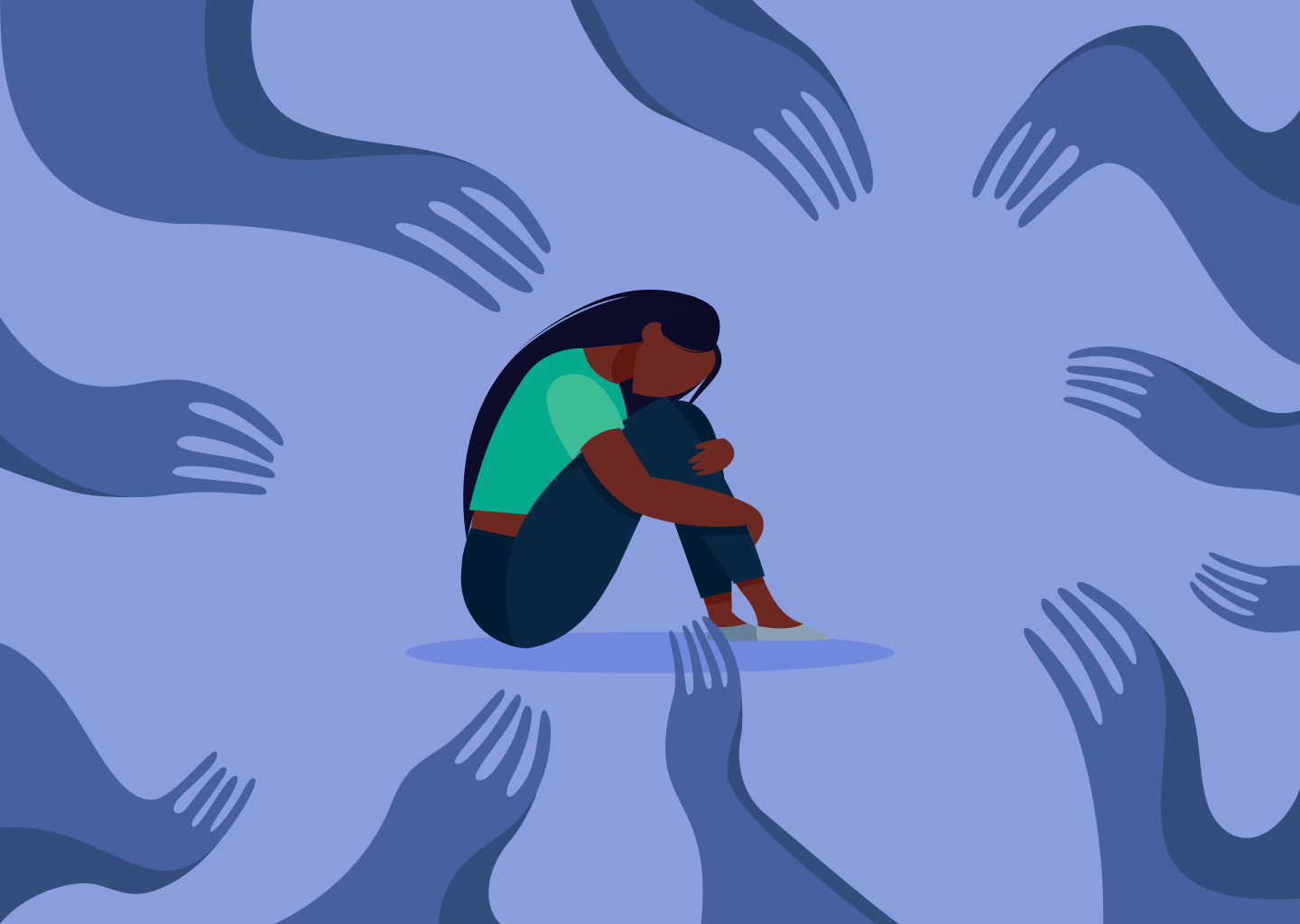By Andrea Pizziconi, founder of Girls First Finance
Three weeks ago, global leaders converged at UNGA to assess their mid-term performance in meeting the United Nations’ Sustainable Development Goals (SDGs). But some results, inexplicably, didn’t align. Many countries have now achieved gender equity in education access—a huge triumph. Meanwhile, gender equity in economic access continues to stagnate with little progress.
How has one progress point failed to lead to the other? One answer lies in the data stakeholders have neglected to collect until now.
Worldwide, young women are constantly pressured to exchange sex for access to education and jobs. This exploitation is pervasive yet often not taken into account by any formal metric.
In preparation for our Wilton Park conference on this subject in June (WP3191: Ending sex for education, fees, grades and first jobs), we collected survey data anonymously online, mostly from Africa and parts of the Middle East, to begin quantifying the problem of sex for access to education funding, grades, and first jobs.
Our data, captured in a report funded by FCDO, revealed that this issue holds hostage the vibrant futures of hundreds of millions of girls worldwide. We quickly learned that young people wanted their harmful experiences seen and heard when given the proper anonymous forum.
Statistics reveal the huge scale of the problem.
Over 70% of those surveyed (80% in Sub-Saharan Africa) said they’ve been sexually pressured in the past, mostly related to their education and early career journeys. Nearly half reported such exploitation in just the past year.
The uncomfortable truth is that ‘sex for education’ begins in adolescence, as poverty forces families to fund education expenses. Even where school is ‘free’ these expenses can include money for transport, food, exam fees, and school uniforms.
Poverty combined with ingrained gender norms removes agency from these young women and girls, making the ‘consensual life choice’ argument an excuse to assign individual agency to societal and systemic failings. Meanwhile, institutions financially reliant on exploitative fees resist safeguarding measures.
Exploitation begets more exploitation. Conditioned to compromises for education, young women later submit to ‘sex for jobs.’ Up to 40% prefer self-employment to avoid workplace harassment. Too many shun more lucrative careers they perceive as dangerous.
According to the World Bank, this limits women’s economic potential and participation in higher-paying fields at a cost of over $25 trillion in lost earnings. Add on the cost of mental health struggles and reduced productivity, and those estimates multiply. For individuals, the cost of a lifetime of trauma is profound.
Who’s best positioned to act? The public versus private sector debate.
The bottom line: the system is completely broken. Meanwhile, much energy is funneled into a public versus private sector fight over who is best suited and mandated to protect these girls from harm rather than figuring out how to fix the system together.
Governments don’t have the cash to make education truly free and accessible to all. And commercial banks, who are, hypothetically, the most cost-efficient lenders, will not offer fair and reasonable financing to young women worldwide without incentives from the public sector.
Tackling this crisis demands public-private collaboration on an unprecedented scale. Banks should have financial incentives to empower vulnerable girls through modest loans that transform them into educated women and loyal customers. But overly cautious lending criteria exclude those most in need. Governments must mandate and encourage banks to serve young women equitably, while multilaterals can absorb risks to engage private capital.
Meanwhile, digital dividends must be ensured. Mobile access enables transformative change, with proven income boosts for women gaining smartphone access. Telecoms can continue driving digital inclusion of vulnerable youth, treating the smartphone as one of the most life-saving interventions a young woman can receive.
Solutions require tough conversations and asking the right questions.
Yet we lack sufficient data on the true prevalence of sex for access. Current statistics capture only a narrow definition of violence — overt assault or abuse. Subtler dynamics like power imbalances and social norms enable the pervasiveness of “sextortion” — sex in exchange for opportunity.
Our latest survey of 4,000 young people indicates a clear pattern, but it should be expanded to encompass data from young people worldwide. We underestimate this crisis until we broaden the definition of violence and ask the right questions.
There is no silver bullet solution to this issue. Still, any roadmap that doesn’t involve smartphone access, safe networks, mental health support, and, most crucially, financial access will not sufficiently address the crisis at scale.
This is not a policy debate that can continue indefinitely. Every year another cohort of girls is left with unbearable options because their education can’t wait. We owe it to each of them to treat the matter as an urgent crisis. All of us must stretch outside our comfort zones to find solutions, so that young women and girls can be educated, empowered, and free from abuse.
Andrea Pizziconi, CFA, is equal parts artist, impact investor, & social entrepreneur. She is the founder of Africa Integras & Girls First Finance, which conducted the survey for this report. You can follow her work on all platforms at @dreapizziconi or @girlsfirstfin
